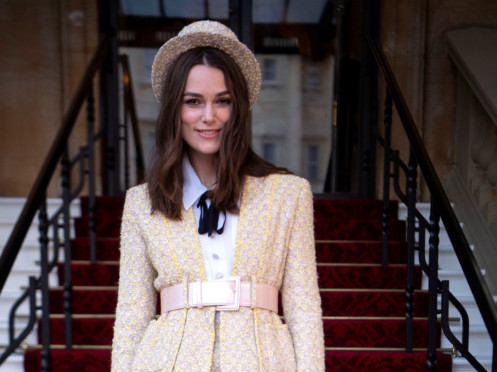
Keira Knightley wanted to quit films after getting diagnosed with post-traumatic stress disorder (PTSD) in her early 20s.
“I did think about it. Particularly at the point when I had a breakdown. I had PTSD and panic attacks. I literally couldn’t work for a year and I didn’t know whether there would be an end to that,” Knightley said in an interview.
But it was Knightley’s friends and family who supported her.
“I have a super-solid background and thank [expletive] for that. My family and my small but very close group of friends just wrapped me up. And I think, without that, it would have been a very different story,” she added.
“I knew I always had somebody there to cuddle me who didn’t want anything from me. Ultimately, I didn’t want them [the media and paparazzi] to win. The only thing I want to do is make films.”
Knightley found herself propelled into the limelight at just 17, following her breakthrough role in 2002 hit ‘Bend It Like Beckham’, and was given an Oscar nod for Best Actress, four years later, after starring in ‘Pride and Prejudice’.
By 23, she was reportedly the ‘second highest-paid woman in Hollywood’, but her success came at a price, as she suffered a breakdown at 22 following a “very intense and lonely” period.
“If you [female stars] weren’t breaking down in front of them, then it was worth their while to make you break down in front of them. So suddenly there was a level of violence, it felt, in the air. That is not a thing that anybody would react to well. I did have a mental breakdown at 22, so I did take a year off there and was diagnosed with post-traumatic stress disorder because of all of that,” she said.










